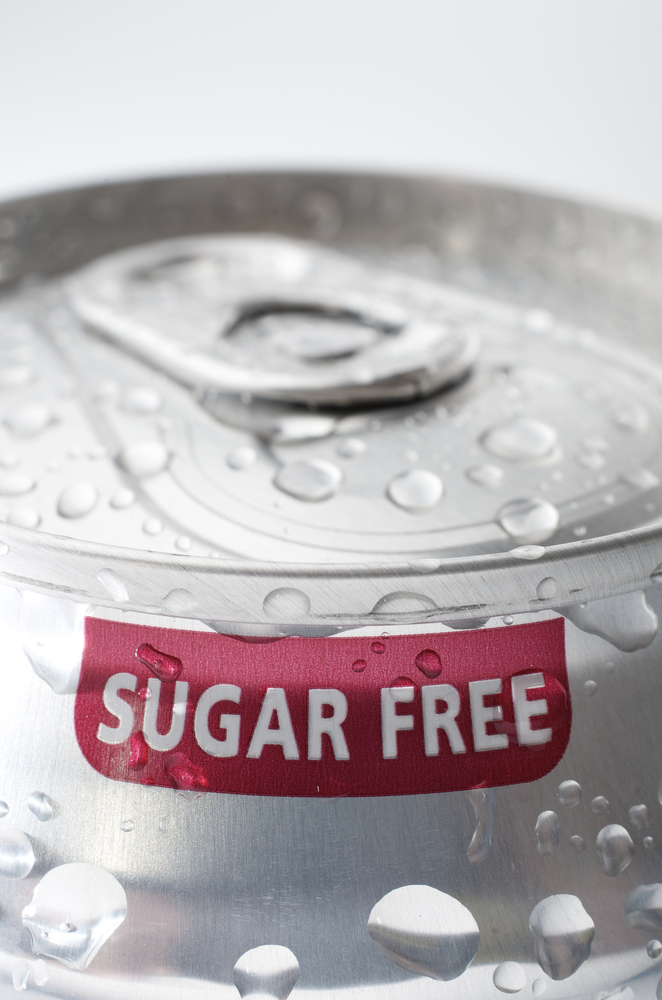Specifying the actual financial commitment required to eat fruits and vegetables regularly.
Written by Sydney Cobb
A salad from Chik-fil-A will cost you more than $7.00, while a fried chicken sandwich is only $3.00. Instead, you can purchase a salad for about $5.00 at McDonalds, but why would you when you can get two cheeseburgers for just $2.00? These fast food establishments offer some great deals—but the price of produce may explain some of America’s growing waistlines. To eat fruits and vegetables often means shelling out some serious extra cash, whether eating in or out.
$1.50 More Per Day – The Price Of a Healthier Diet
Source: Harvard School of Public Health
A study from the Harvard School of Public Health, published in the British Medical Journal, assessed 10 countries and found that the price for the healthiest diets added up to approximately $1.50 more per day, compared to cost for the least healthy diets. This adds up to $550 extra per year.
This higher cost often comes because produce provides fewer calories than other unhealthier options, meaning giving a family adequate healthy calories means buying more food. For example, while carrots are relatively inexpensive, they offer few calories in comparison to a similarly priced bag of potato chips. People want to feel full (especially Americans, it seems), and that means they can’t just buy a bell pepper instead of cookies; they’ll have to buy five bell peppers instead of cookies for the same calories.
But $1.50 a day is probably smaller than some people might expect. And it is important to remember that it isn’t some luxury item that one buys with the extra $1.50 a day. Better diets can prevent disease.
“This would represent a real burden for some families, and we need policies to help offset these costs,” says Dariush Mozaffarian, the study’s senior author. “On the other hand, this price difference is very small in comparison to the economic costs of diet-related chronic diseases, which would be dramatically reduced by healthy diets.”
While fruits and vegetables can be purchased fresh, frozen, or canned, their nutrients are best preserved when eaten ripe. To get the most nutrients, try finding fresh vegetables that are in season or frozen vegetables that have been frozen when ripe. In 2008, the US Department of Agriculture compared the average prices of fruits and vegetables per pound and found that “an adult on a 2,000- calorie diet could satisfy recommendations for vegetable and fruit consumption in the 2010 Dietary Guidelines for Americans (amounts and variety) at an average price of $2 to $2.50 per day.”
But you might need to be a smart shopper to make this budget work. While prices vary, canned corn can be purchased for $0.69/lb., frozen for $1.40/lb., but the fresh corn runs at $1.80/lb. Canned tomatoes on average were $0.77/lb., while fresh cost anywhere from $1.24 to $2.94, depending on the type. Overall, eating fresh fruits and vegetables can be the most expensive option, but not necessarily for every fruit and vegetable. Furthermore, you don’t have to eat fresh fruit and vegetables every meal. Find a balance.
Read the study at www.ers.usda.gov to see where your favorites lie in the spectrum.
$2.00-$2.50 Per Day – How Much You’ll Need to Spend to Get Enough Fruits and Vegetables
Source: US Department of Agriculture
Eating healthy doesn’t have to break the bank—and it shouldn’t! Some fruits and vegetables like apples, bananas, watermelon, grapes, nectarines, lettuce, carrots, potatoes, and green beans are an excellent source of nutrients and are not very expensive. Think of the extra $1.50 per day as an investment for your body, a natural insurance against diabetes, cardiovascular disease, hypertension, and even cancer. Diets high in fruits and vegetables are still possible for the thrifty consumer and a proven way to prevent disease.
Sources: British Medical Journal (bmjopen.bmj.com), eatingwell.com




No Comment